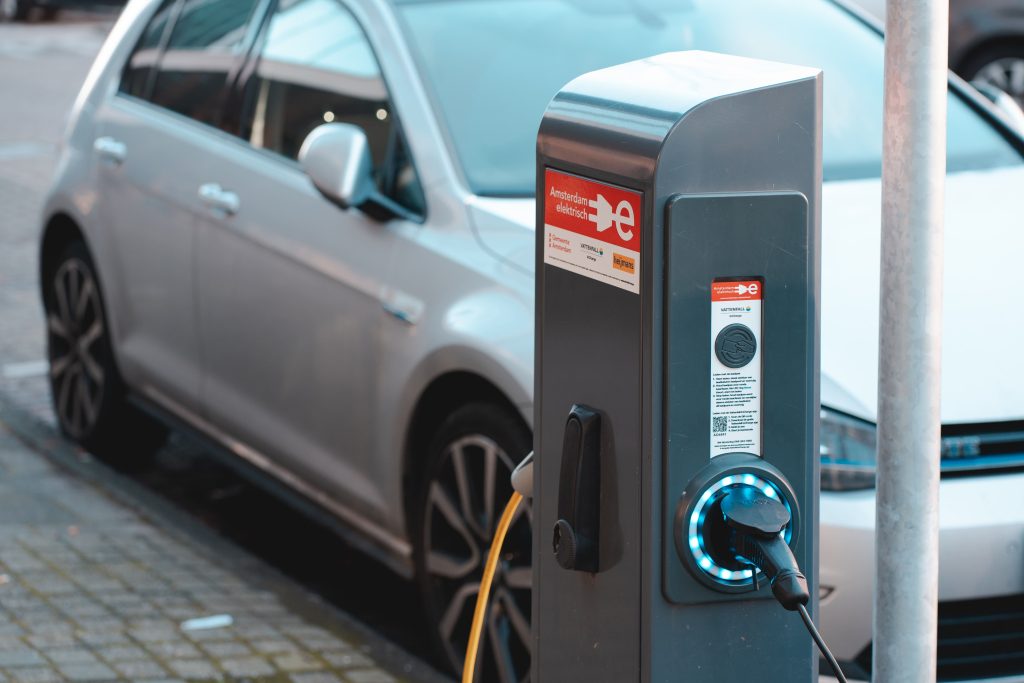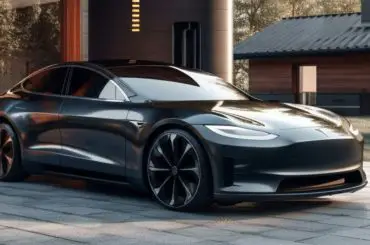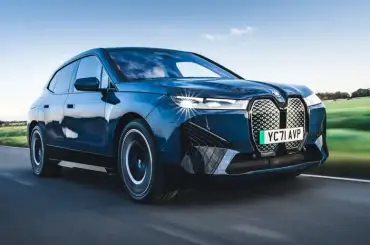Contents
How high can the cost of charging an electric vehicle be?
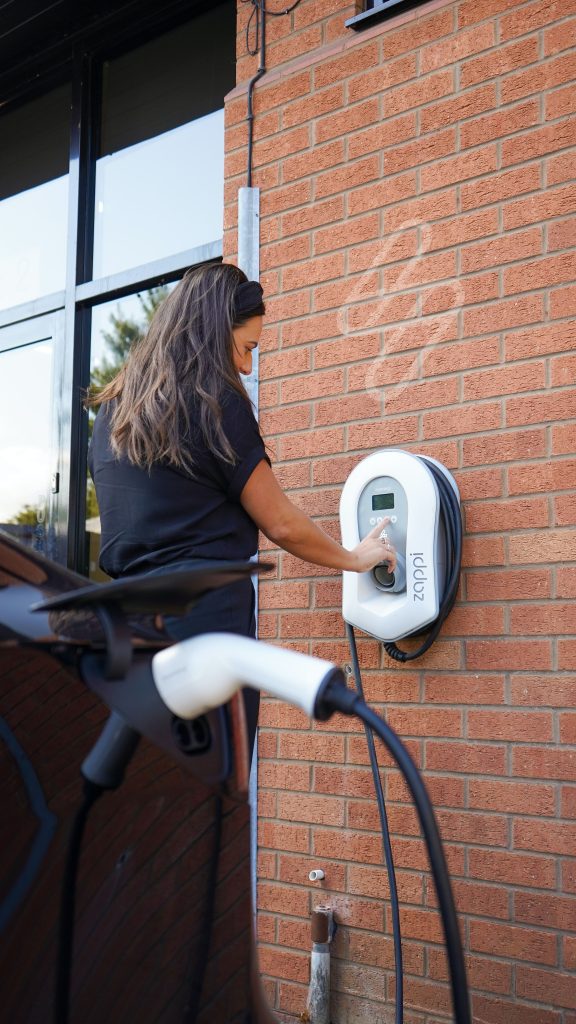
Electric cars are pretty expensive to buy compared to gasoline-powered combustion cars. But people go ahead and buy them anyway. While some intentions may be to leave a greener carbon footprint behind, most opt for electric cars because they save us money from gas. They assume that years and years of money saved from gas would build up a lot in savings. Stop.
Electric cars may save money from gasoline, but there are so many additional costs you didn’t see coming. Let us count how much it takes to charge your EV.
- Cost of Electricity
- Cost of Charging Unit
- Cost of Installing your charging unit
- Cost of Maintaining your charging station
This might seem like a little, but without proper management (watch out!), you may be spending as much on your electric car as you would on gasoline. Remember, the cost above does not include maintenance and repair expenses for your electric car. We are only looking at what it takes to recharge your EV so you can calculate if you are saving on gas at all.
Cost of electricity.
In a typical gasoline-powered car, energy consumption is calculated in miles per gallon (mpg). But in an electric-powered car, it’s measured in kilowatt-hours per 100 miles (kW/100). Look for this rating on the car’s fuel economy sticker or owner’s manual.
To estimate how much electricity you consume, multiply your EV’s kW/100 rate by your electricity rate. Yes, the electricity rate differs in every state and what time you charge your vehicle. Multiply both rates, i.e., your EV consumption rate into peak-time electricity charges and your EV consumption rate into off-peak-time electricity charges. Each of these amounts will tell you the energy cost per hundred miles.
Electricity consumption can also be calculated by the total kilowatt-hours needed to recharge your EVs depleted battery. Multiply this rate by the electricity rate to determine the price per fill-up.
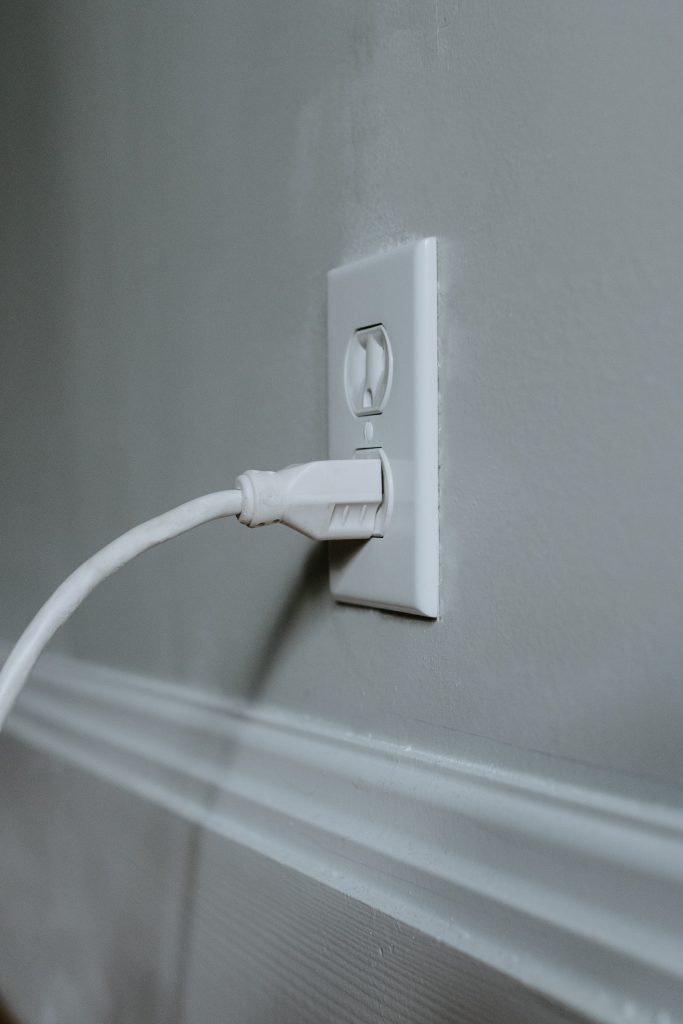
Public charging is much more expensive than residential and less reliable because charging stations are few and far between. Most Americans recharge at home, so it’s essential to calculate based on that. The average residential rate per kilowatt hour differs in every state. Check this list for the rates.
Once you have checked your average electricity rate in your state, your electricity bill also depends on our utility company and the type of electricity tariff plan. Most have level–of–use plans, where the more electricity you consume, the higher the price rises. A kilowatt of electricity at the end of the month costs more than one at the beginning.
An average uses about 34.7 kWh to travel 100 miles. This could cost less than $4.00 in-home charging and more costly in public charging centers. In comparison, it costs a gasoline-powered car around $3.70 for the same distance.
If you use a public 240V charging station, consider the charging speed of your car’s onboard charger. Most charging stations will charge you per hour, so if your electric vehicle has a slow charging capacity, you’ll be paying much more than the electricity you consume. A vehicle with a 3.3kW charging capacity will take twice as long to charge than a 6.6kW or 7.2kW electric vehicle.
Cost of Charging unit
All electric vehicles come with a standard level 1 charging device. This type of charging is relatively slow but could be sufficient for cars with small batteries, under 10kWh. Some vehicles support only slow charging, so you don’t have to spend further on a level 2 charging unit.
Level 2 charging units are available in the market for many different prices to suit the speed of charging or budget you want. A quick search online will give you many types of EVSE (Electric Vehicle Supply Equipment) ranging from prices $200-$1000 and more. Please read this article for reviews on good EVSE and its prices.
Cost of Installing Your Charging Unit

The cost of installing your charging unit at home depends on many factors.
- The type of EVSE you bought, whether plug-in or hardwired. Plug-in charging equipment is cheaper to install and portable but not very long-lasting and is more prone to fire hazards. So you need to add in the potential costs caused by malfunction or repairs in case it is damaged.
Hardwired EVSEs are more expensive to install but longer lasting and safer in terms of electrical shortages or surges.
- The distance between your car parking spot, the EVSE, and the fuse panel also adds to your cost. If you are installing the EVSE in the garage quite close to the fuse panel, there won’t be much wire to run. But if there is a considerable distance between the fuse box and the EVSE, the electrician would have to run a lot of cable through the wall. Depending on the distance, this could easily cost at least $1000 more. And, of course, the increase in the electrician’s charges. And lastly, if your fuse box is too old and does not support a socket of 240V, then you would have to replace that too. Give that about $2000 or more.
- In addition, comes the electrician’s charges. These charges depend on the labor rates in each state, the amount of work there is to do, whether hardwired or plug-in, etc.
Unless you already have a 240V receptacle in your home and you are using a plug-in EVSE, you definitely have to hire an electrician. Hardwiring an EVSE is NOT a DIY job.
- In some states, you need a permit to install a 240V power outlet. Government permits range from state to state in the U.S. On average, it ranges from $800 to $1300, depending on the location and the type of wiring.
Cost of maintaining your charging station.
After installing EVSE devices also come with a required level of maintenance. Most good EVSEs come with a warranty. And as said earlier, though plug-in EVSE is cheaper to install, it’s not long-lasting, and plugging in and out will wear it out and result in electrical shortages.
Maintaining charging equipment may be minimal, but repairing it is expensive in case of malfunction. After the warranty period of the EVSE expires, the owner has to undertake the cost of its repair.
Driving electric may not be as expensive as buying gasoline. Still, there are definitely some hidden costs we tend to overlook when going for electric cars. If you have calculated all possible expenses and still find EVs a cheaper option, then you have made a good decision in driving electric and are doing the ecosystem a favor. Please read this article on how to charge your car safely.
But suppose you have realized that EV driving is not as cheap as advertised. In that case, you may have to follow some serious cost-cutting techniques to save energy. A few hints are: to recharge only at off-peak hours and avoid long trips at the end of the month. Consider installing a solar power system for your entire household. The investment would be steep, but you start seeing benefits in less than ten years.

